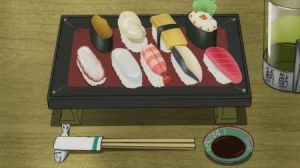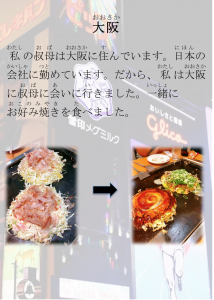
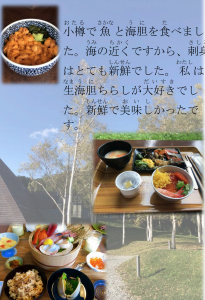
私この本は大好きいです!この人は北海道と東京と大阪と京都に行って、たくさんすごくきれいなしゃしんをとりました。たくさん食べ物のしゃしんがあります。例えば、すし、うなぎ、魚、うに、ももの飲みものともものアイスクリームがあります。私は食べ物が大好きですから。この本をよんて、日本に食べものを食べにいくと思いました。よる、この本を読まないと思いました。
I really like this book and would recommend it to first-year Japanese learners. The author uses vocabulary that we learned, as well as some new vocabulary in describing food and tourist attractions. They also use grammar structures that we’ve just learned!
The author wrote about her traveling in Japan. She visited Hokkaido, Tokyo, Osaka, and Kyoto. She took a lot of beautiful pictures, and most of those pictures are food. While the pictures make me really want to visit Japan and try Japanese food, I would not recommend people reading it at night like I did, because the food simply looks too good.
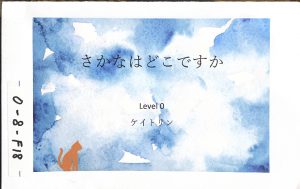
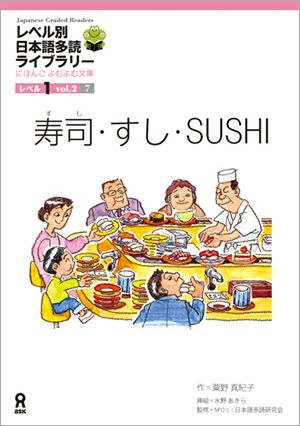
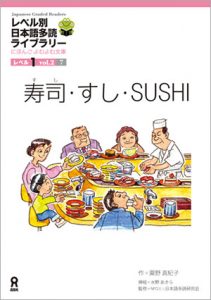 この本はとてもおもしろいとおもう。よもむずかしですがたのしです。えがすきです。
この本はとてもおもしろいとおもう。よもむずかしですがたのしです。えがすきです。